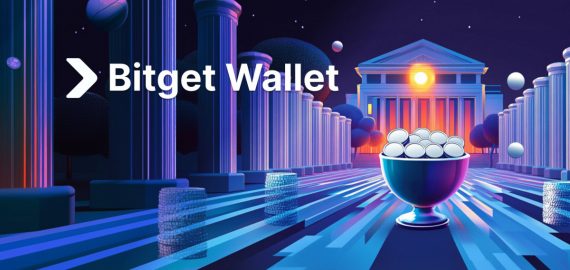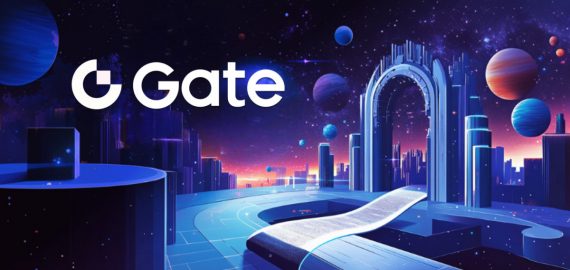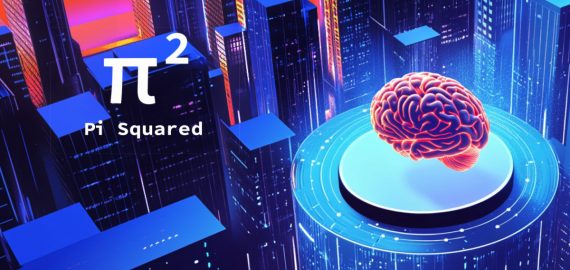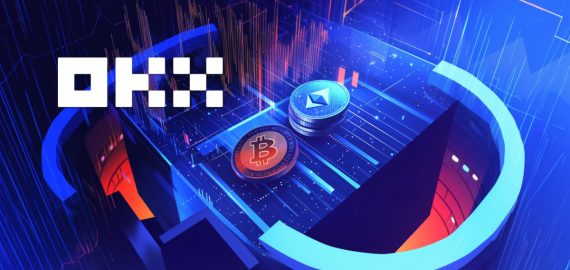The Global Race for Tokenization Supremacy: Why Asia and the US are Leading the Charge in Blockchain Adoption


In Brief
Sasha Ivanov, founder of Waves & Units Network, provides expert insights on tokenized securities and blockchain technology, discussing challenges, opportunities, and future trends in digital assets and decentralized finance.
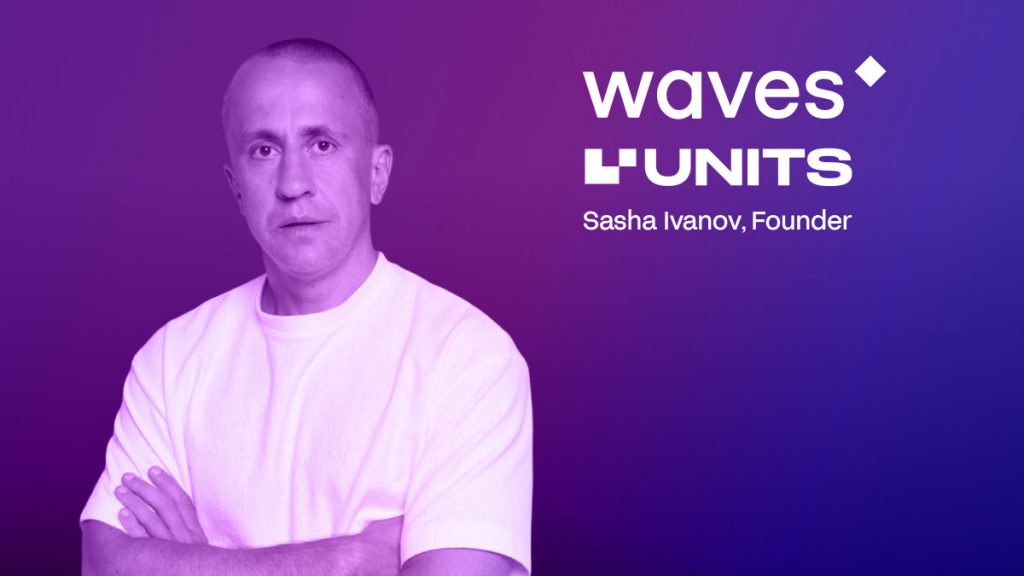
In this interview, Sasha Ivanov, the Founder of Waves & Units Network, shares his expert perspective on the landscape of tokenized securities and blockchain technology. With years of experience at the forefront of the industry, Ivanov offers a unique blend of technical knowledge and practical insights, shedding light on the challenges, opportunities, and future trends in the world of digital assets and decentralized finance.
How do tokenized securities differ from traditional securities, and what frameworks exist for their insurance, issuance, and trading?
Tokenized securities represent a middle ground between fully decentralized crypto tokens and traditional assets. They combine the technical background of blockchain, as they are realized as blockchain assets, while still having third parties that guarantee their validity and value. This creates a cross between crypto and traditional finance.
Tokenized securities aren’t fully decentralized because there’s always an agent that has to guarantee the tokens are backed by actual assets. People launch these assets because blockchain provides numerous benefits, particularly in terms of accessibility. For instance, you can’t trade traditional assets 24/7, but with blockchain assets, markets are always available. This appeals to younger generations, like millennials, who find it more natural to be able to buy Tesla stock or gold on a Sunday or at night.
I believe this is a natural development for traditional finance because blockchain provides a better environment for these assets. It’s not a revolution, but rather an evolution, and eventually, all traditional financial assets will likely be on the blockchain.
What are some of the key challenges in integrating tokenized assets into traditional financial systems?
In my opinion, the biggest challenge is the centralized point of failure that still exists with these assets. There’s always a third party or custodian that has to hold the actual assets and back the tokens. If this third party goes bankrupt or faces other issues, the tokens could become worthless.
When dealing with tokenization, we must remember that it’s not fully decentralized. The tokens exist on the blockchain and can’t be easily deleted, but they may lose their value if the backing entity faces problems. This is crucial to understand, and most issues stem from this fact.
These issues are mostly related to regulation. You can’t simply issue a token and claim it’s backed by gold, for example. You likely need a license, which requires regulation that may not yet be in place. Lawmakers need to develop and adopt regulations to make tokenized assets secure and suitable for daily use.
Despite these challenges, tokenization is gaining momentum, and there are already profitable projects in this space.
Can you elaborate on specific examples of platforms trading tokenized assets?
While my company isn’t directly involved in tokenization projects, I’ve helped many projects over the years, starting in 2017. Back then, it was called tokenization, but now we often refer to it as RWA.
In Russia, there’s been significant progress. For example, there’s a digital financial asset platform with Alfa Bank that mostly tokenizes loans. I believe their volume is around a billion rubles, making it a pretty successful project.
In the West, there’s more focus on launching tokenized assets on public chains like Ethereum, which I think is great because they’re more accessible. I believe the future belongs to open platforms.
I’ve encountered numerous projects at conferences. For instance, I met some people from Singapore who provide tokenization as a service. They don’t even have their own token but are profitable from the companies they work with.
One of the best examples of tokenization at scale is DAI, the decentralized stablecoin. They convert DAI into actual dollars, put those dollars into bank deposits, and then channel the interest back to token holders. This is a significant business with billions of dollars locked in DAI.
Which countries are most open to tokenization in terms of regulation and overall acceptance?
I think the US is pretty advanced in this area. Asia is also making significant strides, with many tokenization projects and fewer legal barriers. Russia, too, has made progress with special regulations adopted a few years ago.
Europe seems to be lagging somewhat, with more legal barriers in place. In my opinion, the US and Asian markets are the most promising for tokenization.
Real estate tokenization is also an important part of this narrative, especially in Asia. I personally know of projects in Thailand where entire villages have been tokenized, with each villa represented by a token that can be traded.
What are the most promising trends or innovations that could accelerate the integration of tokenized assets into mainstream markets?
I believe the tokenization of assets that were previously inaccessible to retail traders, such as diamonds, oil, and metals, holds great promise. These assets have been difficult to trade in traditional markets, especially for retail investors.
Tokenization offers a flexible approach. For example, each diamond can be tokenized with its own unique token and value, bypassing the need for standardization that has made diamond trading challenging in traditional markets.
The main driver will be tokenizing assets that were impossible to trade before, opening up many opportunities for new projects.
How do you foresee the development of blockchain in the next three years?
I think the next few years will be more about the mass adoption of what has already been built in terms of technology. I don’t expect any major technological breakthroughs in the short term, but I do anticipate significant progress in mass adoption.
A lot of technology has been developed but isn’t being fully utilized right now. Adoption needs to catch up with the technology a bit. Major technological breakthroughs might be more realistic in five to ten years.
We’re already seeing impressive examples of mass adoption, like in the Telegram ecosystem. They’ve managed to onboard many people who previously knew nothing about crypto.
In terms of asset tokenization, pilot projects that have been running for years are now starting to become tangible. Companies are paying service providers to organize their assets using blockchain technology.
It takes time to understand all the possibilities that technology brings. Technology always moves ahead of the market, and it takes some time for the market to catch up. Right now, technology is a bit ahead of the market, and the next few years will be devoted to bridging that gap. After that, we might see more progress with the technology itself.
Disclaimer
In line with the Trust Project guidelines, please note that the information provided on this page is not intended to be and should not be interpreted as legal, tax, investment, financial, or any other form of advice. It is important to only invest what you can afford to lose and to seek independent financial advice if you have any doubts. For further information, we suggest referring to the terms and conditions as well as the help and support pages provided by the issuer or advertiser. MetaversePost is committed to accurate, unbiased reporting, but market conditions are subject to change without notice.
About The Author
Victoria is a writer on a variety of technology topics including Web3.0, AI and cryptocurrencies. Her extensive experience allows her to write insightful articles for the wider audience.
More articles

Victoria is a writer on a variety of technology topics including Web3.0, AI and cryptocurrencies. Her extensive experience allows her to write insightful articles for the wider audience.














































